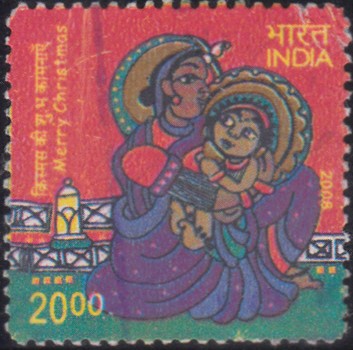
India on Merry Christmas 2008
A set of two commemorative postage stamps on Merry Christmas :

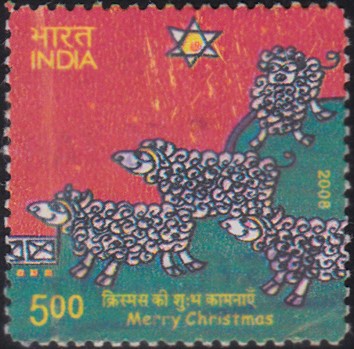 Issued by India
Issued by India
Issued on Dec 8, 2008
Issued for : India Post is proud to commemorate the festival of Christmas with the issue of postage stamps on the theme “Merry Christmas” and wished everyone happiness, joy and prosperity.
Credits :
Stamp : Bharti Mirchandani
Cancellation : Alka Sharma
Type : Stamp, Postal Used
Colour : Multi color
Denomination : 500 & 2000 Paise
Stamps Printed : 1.5 Million each
Printing Process : Photogravure
Printer : India Security Press, Nasik
About :
- Christmas, the annual Christian holiday, commemorates the birth of Jesus Christ. Most members of the Roman Catholic Church and followers of Protestantism celebrate Christmas on December 25, and many celebrate on the evening of December 24 as well. In addition to being a religious holiday, Christmas is a widely observed secular festival. For most people who celebrate Christmas, the holiday season is characterized by gatherings among family and friends, feasting, and gift giving.
- The world Christmas entered the English language sometime around 1050 as the Old English phrase Christes maesse, meaning “festival of Christ”. Scholars believe the frequently used shortened from the Christmas – Xmas – may have come into use in the 13th century. The X stands for the Greek letter chi, an abbreviation of Khristos (Christ), and also represents the cross on which, Jesus was crucified.
- Historians are unsure exactly when Christians first began celebrating the Nativity of Christ. However, most scholars believe that Christmas originated in the 4th century as a Christian substitute for pagan celebrations of the winter solstice. Before the introduction of Christmas, each year beginning on December 17 Romans honoured Saturn, the ancient God of Agriculture, in a festival called Saturnalia. This festival lasted for seven days and included the winter solstice, which usually occurred around December 25 on the ancient Julian calendar. During Saturnalia the Romans feasted, postponed all business and warfare, exchanged gifts, and temporarily freed their slaves. Many Romans also celebrated the lengthening of daylight following the winter solstice by participating in rituals to glorify Mithra, the ancient Persian god of light, these and other winter festivities continued through January 1, the festival of Kalends, when Romans marked the day of the new moon and the first day of the month and year.
- Although the Gospels describe Jesus’ birth in details, they are silent about the date, so historians do not know on what date he was born. The Roman Catholic Church choose December 25 as the day for the Feast of the Nativity in order to give Christian meaning to existing pagan rituals. The Church replaced festivities honoring the birth of Mithra the god of light, with festivities to commemorate the birth of Jesus, whom the Bible calls the light of the world.
- Modern customs of the holiday include gift-giving, church celebrations, and the display of various decorations – including the Christmas tree, lights, mistletoe, nativity scenes and holly Santa Claus, also referred to as Father Christmas, is a popular mythological figure often associated with bringing gifts at Christmas. Santa is generally believed to be the result of a syncretisation between St. Nicholas of Myra and elements from pagan Nordic and Christian mythology. The popular image of Santa Claus was created by the German-American cartoonist Thomas Nast (1840-1902), who drew a new image annually, beginning in 1863. By the 1880s, Nast‘s Santa had evolved into the form we now recognize. The image was standardized by advertisers in the 1920s.
- Christmas is celebrated throughout the Christian population, but is also celebrated by many non-Christians as a secular, cultural festival. Gift-giving and several other aspects of the festival involve heightened economic activity among both Christians and non-Christians; Christmas has become a major event for many retailers. Marketers and retailers around the world prepare themselves for Christmas and reap a rich harvest.
- The Christmas tree is often explained as a Christianization of pagan tradition and ritual surrounding the Winter Solstice, which included the use of evergreen boughs, and an adaptation of pagan tree worship. The Modern Christmas tree tradition is believed to have begun in Germany in the 18th century though many argue that Martin Luther began the tradition in the 16th century.
- The Bible provides no guidelines that explain how Christmas should be observed, nor does it suggest that it should be considered a religious holiday. Because of the lack of biblical instructions, Christmas rituals have been shaped by the religious and popular traditions of each culture that celebrates the holiday. On Christmas Eve, churches around the world hold evening services. At midnight, most Catholic and many Protestant churches hold special candlelight services. The Catholic midnight Mass was first introduced by the Roman Catholic Church in the 5th century. Christmas Masses are sometimes solemn and sometimes buoyant, depending on the particular culture that conducts them.
- Christmas customs around the world reflect the variety of cultures that celebrate the holiday. For some people, Christmas is primarily a holy day marked by religious services. For others, gift giving, feasting, and good times figure more prominently. At its root, Christmas celebrates one of the fundamental events of Christianity, the birth of Jesus. However, the celebration of Christmas also incorporates many secular customs that have been handed down through families and borrowed from other cultures. This complex layering of scared and secular observances creates celebrations that vary from nation to nation, and from culture to culture.




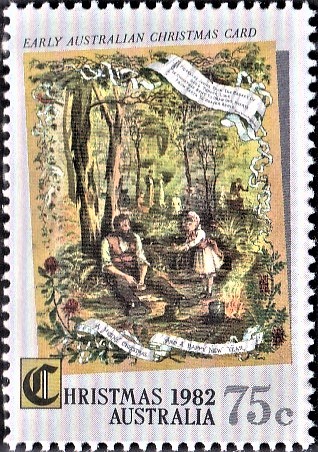
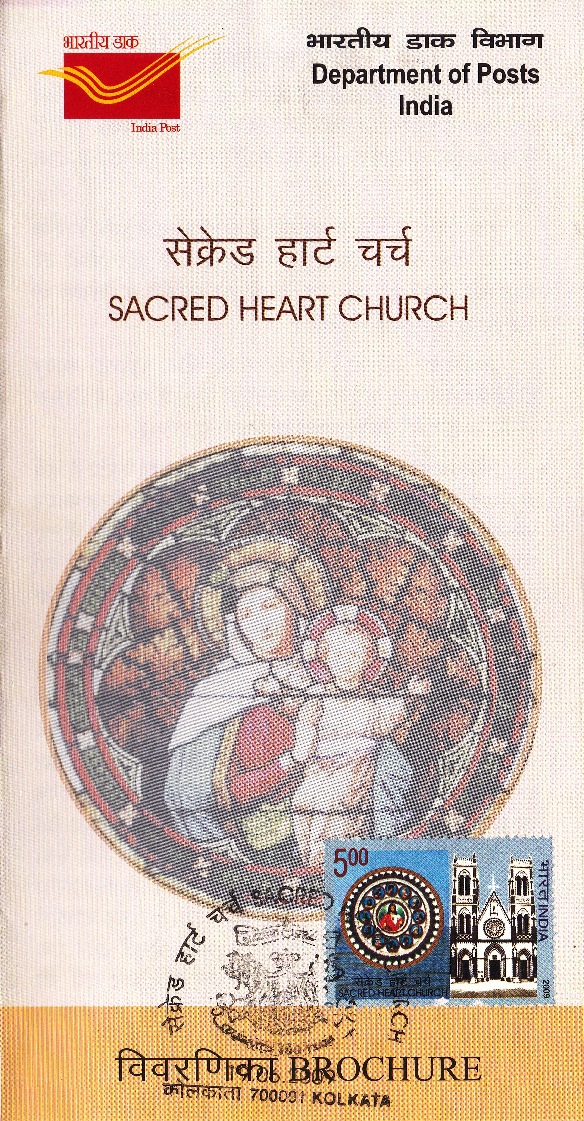
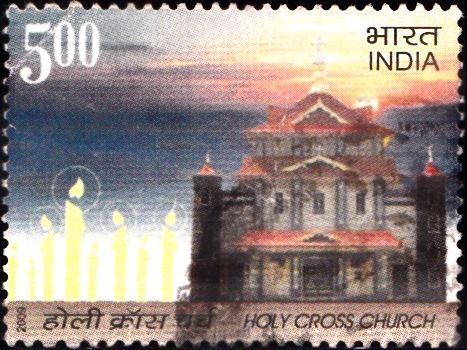
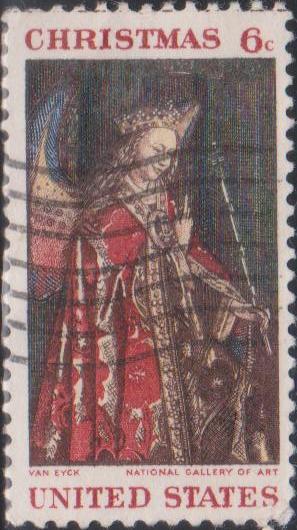
[…] post picked up over the years. Almost all festivals, Diwali, Holi, Pongal, Durga Puja, Baisakhi, Christmas, Id and now even Raksha Bandhan and Valentine’s Day are marked by sending of greetings cards […]